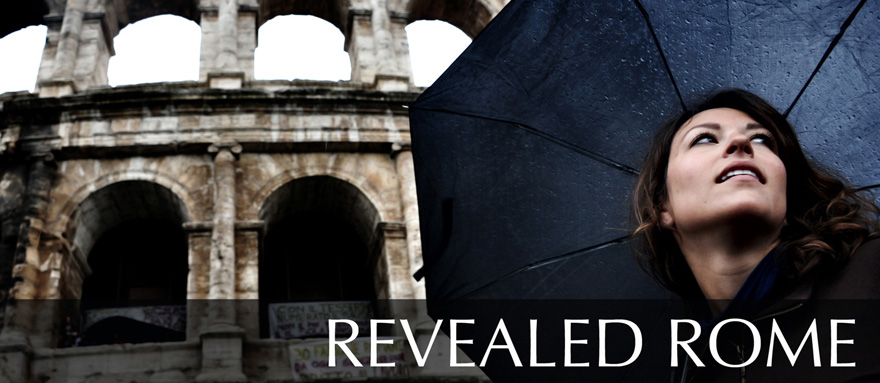When the weather gets hot, the Romans go beaching. And those Romans with a little bit more time to spare… go to Sperlonga.
Lazio's answer to Santorini, Sperlonga is lovely. It's also a little bit blink- (or walk too fast) and-you'll-miss-it: The town itself, at least the picturesque part that most tourists frequent, is pretty small. What's there, though, is scattered with lovely squares and winding alleyways.
Ready to beach it? A 10-minute walk down a long set of stairs takes you to the beach, where, in typical Italian fashion, it's almost impossible to find the sliver that's public. Instead, make like the locals and pay for a cabana. At about €13 for a day's worth of a beach chair, roof to use once your flesh starts sizzling, and ability to have food and drinks brought to you, it's worth it.
But modern-day Italians haven't been the only ones to frequent Sperlonga. The area's most famous vacationer? Tiberius, the second emperor of Rome. He liked it so much, he built a villa here.
You can still visit the villa's "Grotto," a natural cave where the dining room was, at Sperlonga's archaeological museum (located about 3 miles away from the beach).
And in the museum itself, don't miss the stunning, ancient sculptures done by Athanadoros, Hagesandros and Polydoros of Rhodes—the same guys behind the Vatican's famous Laocoön.
If you're renting a car, Sperlonga is a 2.5-hour ride from Rome. (Traffic, though, can be a real problem, especially on summer weekends). Alternatively, you can take the train to the Fondi-Sperlonga station, where local buses are coordinated with the train arrivals to take you to Sperlonga itself (there's a stop for the archaeological museum, too). The train takes a little over an hour, while the bus is about 15 minutes.
A hassle? Slightly. But Sperlonga is worth it.
Also: the most idyllic island escapes from Rome, the city's best archaeological museum and a trip to the beach town of Monopoli, Puglia.
Want more local secrets on what to do in Rome? Check out The Revealed Rome Handbook: Tips and Tricks for Exploring the Eternal City, now available for purchase on Amazon, below, or through my site here!







